2016 Sea-Doo RXT 260 Review
A good craft gets even better
Sea-Doo’s RXT 260 is probably now quite familiar to PWC enthusiasts, but buyers will still find something new in store for 2016 – the RXT gets the ErgoLock seat shared by its 300hp counterparts.
That saddle, which noticeably narrows in the midsection to provide a more natural riding position while transferring some of the load in turns from the weaker upper body to the stronger legs, is a favorite for those who like to stand to take some of the pounding out of rough water as well as power their way through the most aggressive turns. Along with new, palmrest-style grips and a welcome boost in storage capacity, it freshens up the ergonomics of this performance favorite.
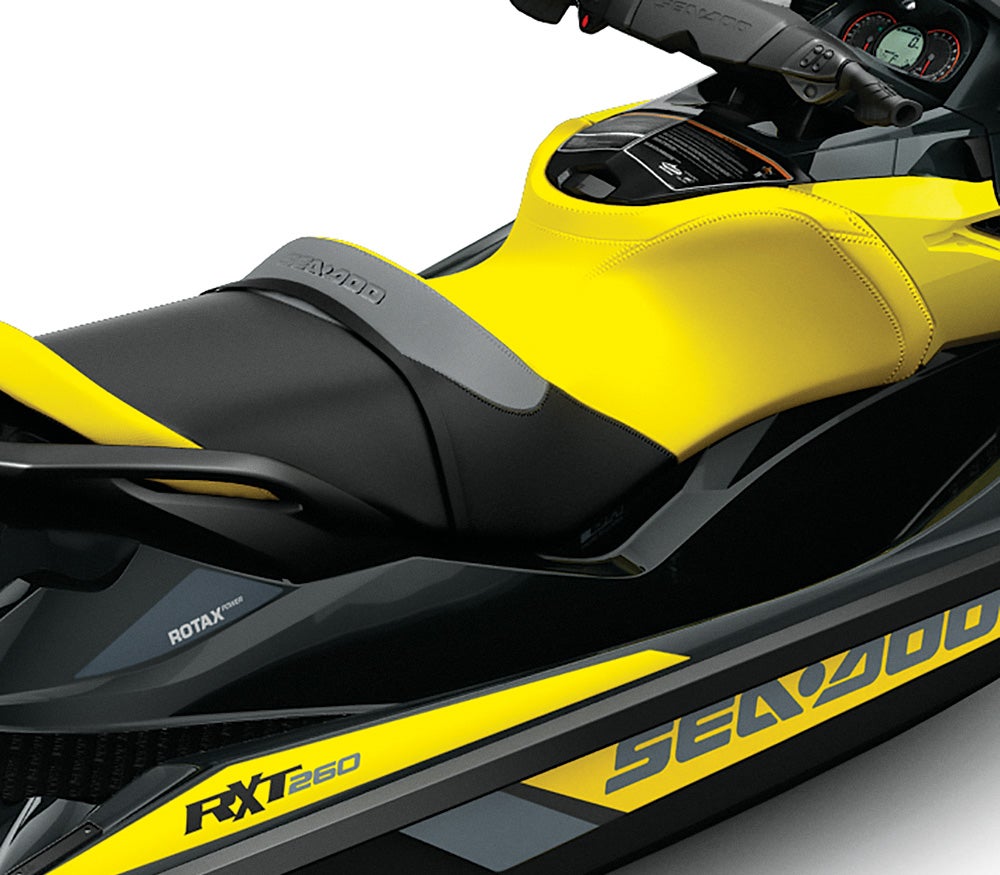
Still About Power
As its name makes clear, the RXT 260 features what Sea-Doo at least used to dub the 260hp version of its familiar 1,494cc Rotax engine. Though no longer the top of the brand’s line in terms of power, it’s still potent as ever, relying on the boost provided by both a supercharger and intercooler to jump quickly off the line (1.8 seconds from 0-30 mph is a common benchmark), accelerate hard through the engine’s midrange, and top out at 67 mph before the electronic governor kicks in to settle things down. It’s speed that propels the boat through turns, lets it easily hold its own in the best flagship drag races, and handily powers riders out of the water when skiing, wakeboarding or tubing.
It’s also able to be tamed to the user’s desires. Sea-Doo offers distinct, user-selectable acceleration profiles to match the rider’s (or the owner letting someone else use their craft’s) needs. Tone the response down in Touring mode, or choose the engine’s full stock power in Sport mode. Modes are easily switched between with a handlebar-mounted button. A confirmation on the info display makes sure you’re ready for the switch in response.
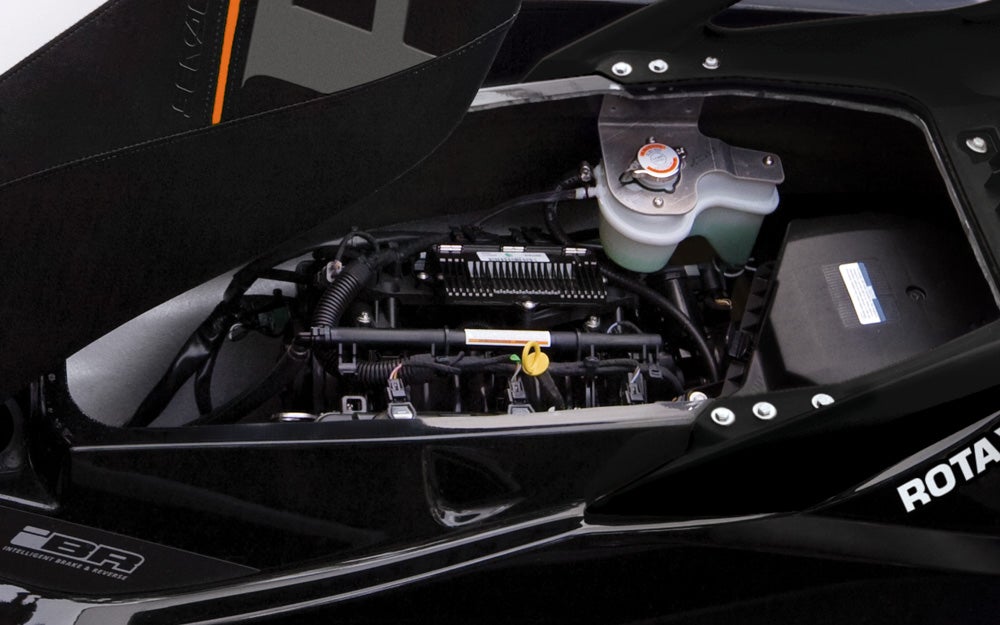
An additional ECO mode lets the craft’s ECU determine the most fuel-efficient power delivery and adjust the engine accordingly.
Gadget Guru
Electronic enhancement is found in numerous other spots on the RXT 260, most notably Intelligent Brake and Reverse. Now in its second generation, iBR links a throttle-like lever on the left side of the handlebars to a modified reverse bucket setup, using the latter to redirect water flow. iBR lets the RXT start in a neutral-like mode before being shifted into forward or reverse with the throttle or iBR lever, giving the RXT the feel of a boat with gears. As a bonus, eyes stay on the water and hands on the handlebars. iBR also lets the craft slow abruptly (or “brake”) at speed, helping to avoid an unexpected obstacle or simply power to a stop.
Additional electronic control comes via cruise control and no-wake modes. Both are designed to allow the driver to take the pressure off their trigger finger, the former locking in a set cruising speed and the latter settling things at about 5 mph. With cruise, the driver simply sets the speed and then fully squeezes the throttle; with no-wake, no throttle pressure at all is required. Cruise also pays benefits when towing skiers, boarders, and tubers, as it holds speed far steadier than a finger on the trigger throttle.
One more piece of electronic wizardry is found in the safety lanyard, which is digitally encoded to match only the one specific craft, allowing it to act as a method of theft prevention. A second lanyard is also tagged to govern speed more severely to tame the engine when turning it over to beginners.
Winning Hull
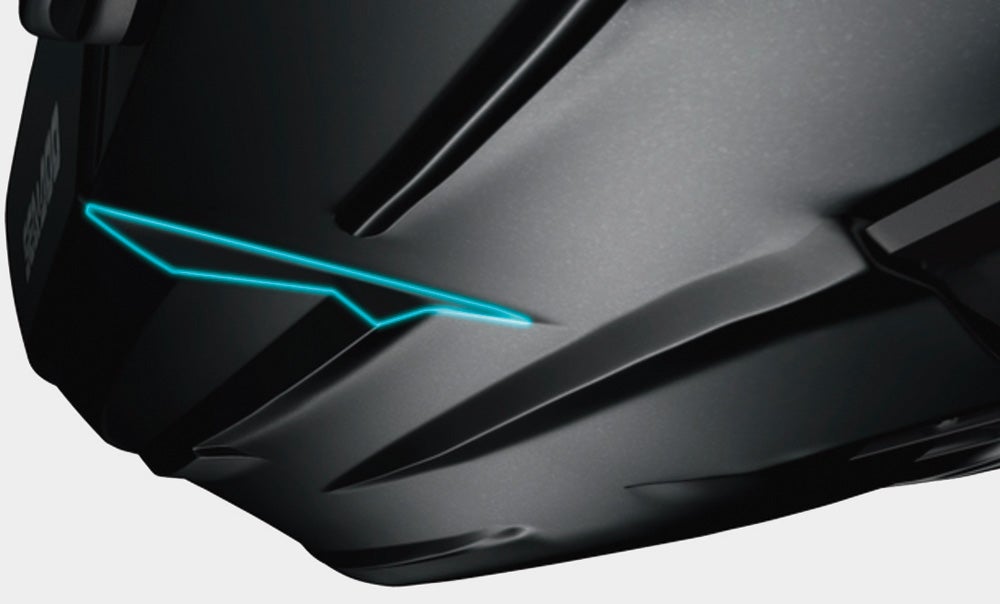
Much of the reason for the RXT 260’s appeal, however, is ultimately traced to the stepped hull. Originally designed for the brand’s suspension model, Sea-Doo wisely affixed the stylish, ergonomic top deck to the suspension-less hull and made a truly impressive, performance-minded ride. The deep-V bottom cleaves its way through chop without getting battered or tossed from its line, making the craft a standout in open water. It also, however, carves an aggressive corner, rewarding an intuitive inside lean.
Electric trim aids handling by pitching the pump nozzle to raise or lower the bow. Trim the bow up for less hull in the water at high speed, and trim it down to put more of that hull in the water when aggressively cornering. Riders can select a favored position at both the top and bottom of the arc, and then quickly find them with a double-tap of the button that doesn’t require a look at the display.
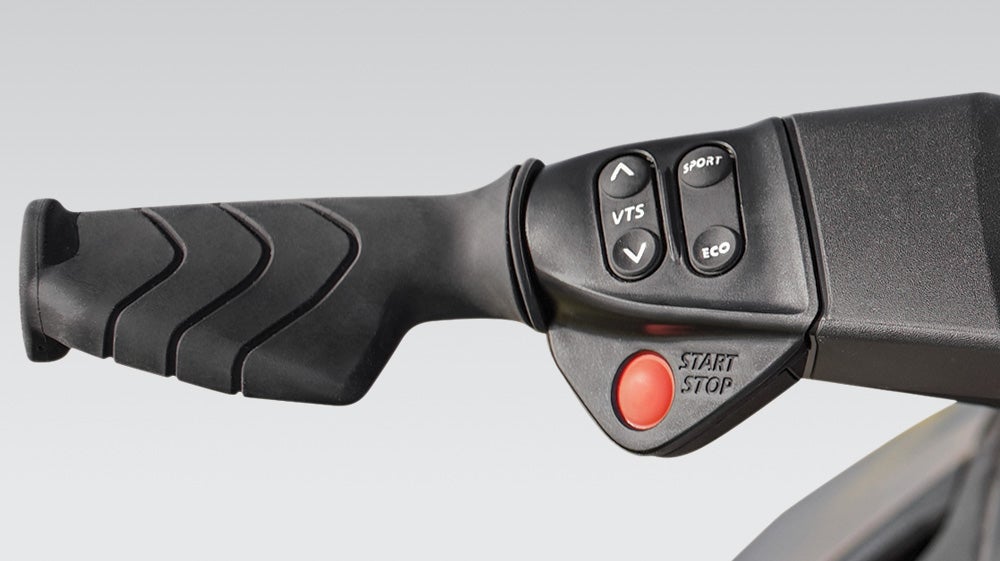
The deck and hull have proven a winning combo in this affixed position, but until 2016 the design resulted in a glaring weakness – storage was minimal compared to other similar competitors. This year, however, Sea-Doo addressed that issue by redesigning the under-hood storage and enlarging the glovebox, choices aided in part by the ErgoLock saddle’s design. That ups storage capacity to 42.8 gallons, a huge improvement over the previous capacity in the teens.
New and Improved
If you ask me, the RXT 260 was always one of Sea-Doo’s better models, with an aggressive hull and engine, plenty of features, and the size to handle a wide variety of water conditions. Now, with the upgrades of 2016, the boat is arguably that much better. The storage shortcoming has been addressed and the rider ergonomics improved.
In short, a really good boat gets that much better.
| 2016 Sea-Doo RXT 260 Specs | |
| Length | 139.2 inches |
| Beam | 48.2 inches |
| Dry Weight | 894 lbs |
| Engine | Three-cylinder EFI, Supercharged/Intercooled |
| Displacement | 1,494 cc |
| Bore and Stroke | 100 mm x 63.4 mm |
| Compression Ratio | 8.4:1 |
| Rated Horsepower | NA |
| Fuel Capacity | 15.9 gal. |
| Combined Stowage Capacity | 42.8 gal. |
| Colors | Black and Sunburst Yellow |
| Price | $13,999 |
Get PersonalWatercraft.com in your Inbox!
Like PersonalWatercraft.com on Facebook
Comments
Most Popular

Remembering the Sea-Doo XP

2025 Yamaha JetBlaster PRO 2-Up Review

2024 Kawasaki Jet Ski STX 160X Review

2024 Yamaha GP HO Review

2017 Kawasaki Jet Ski Ultra 310LX Review




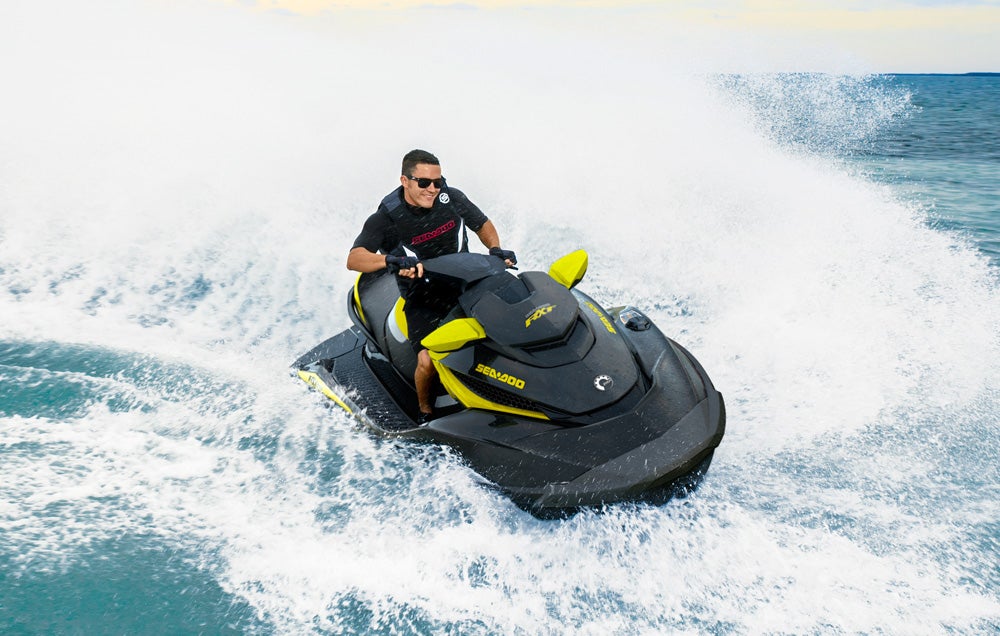
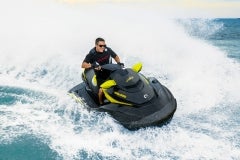
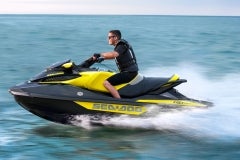
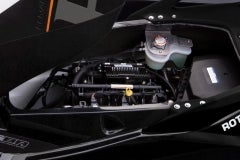
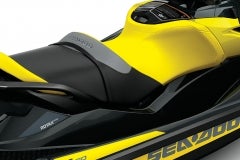
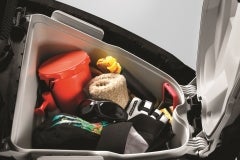
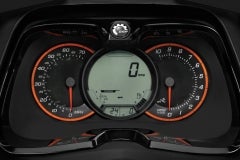
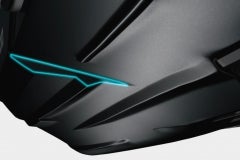
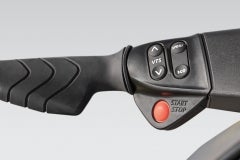
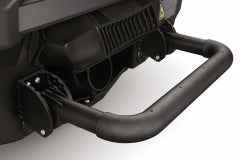
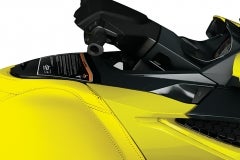
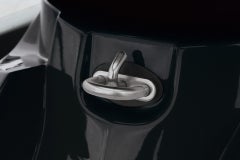
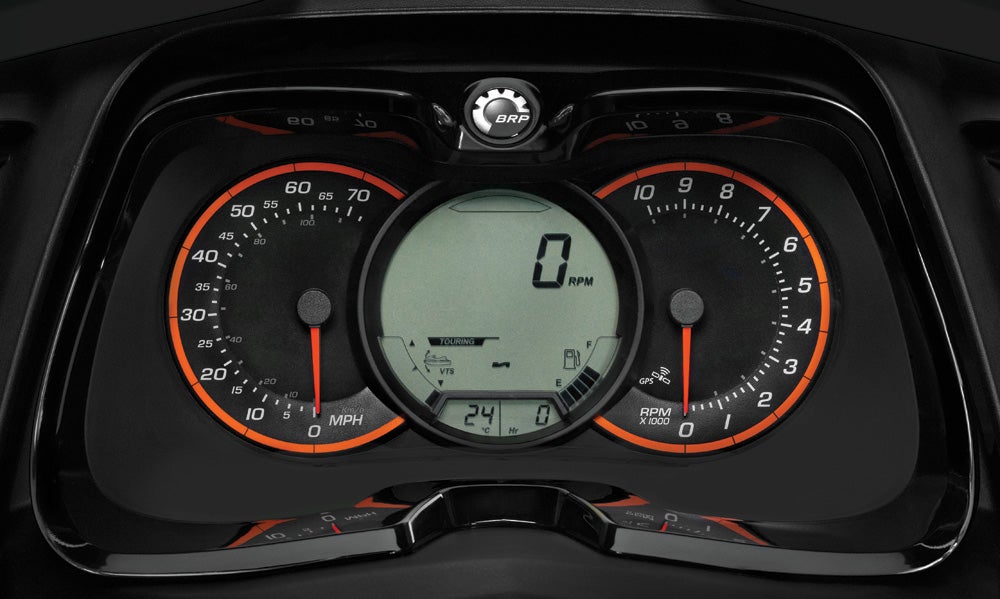
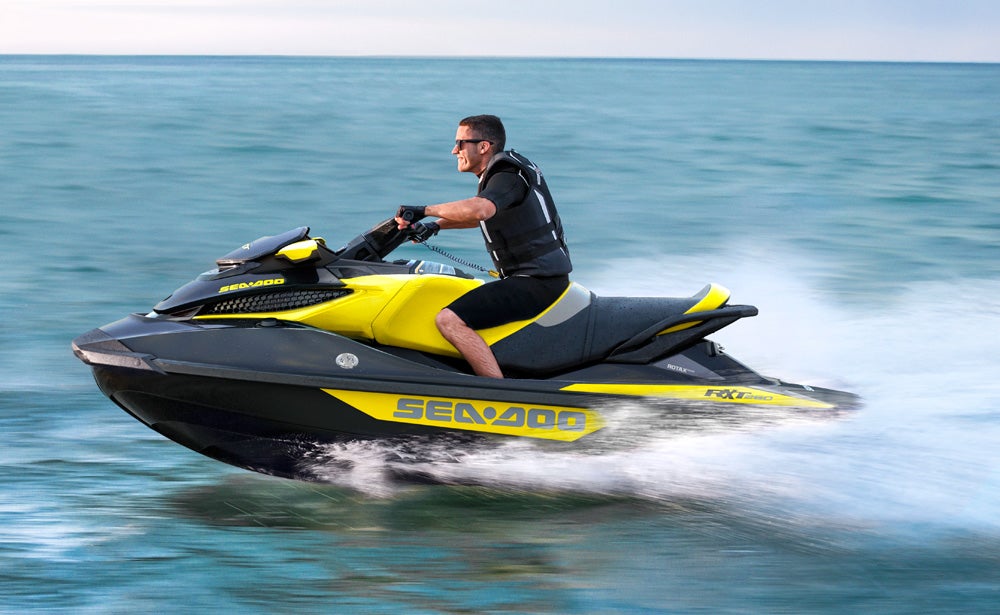









 Your Privacy Choices
Your Privacy Choices